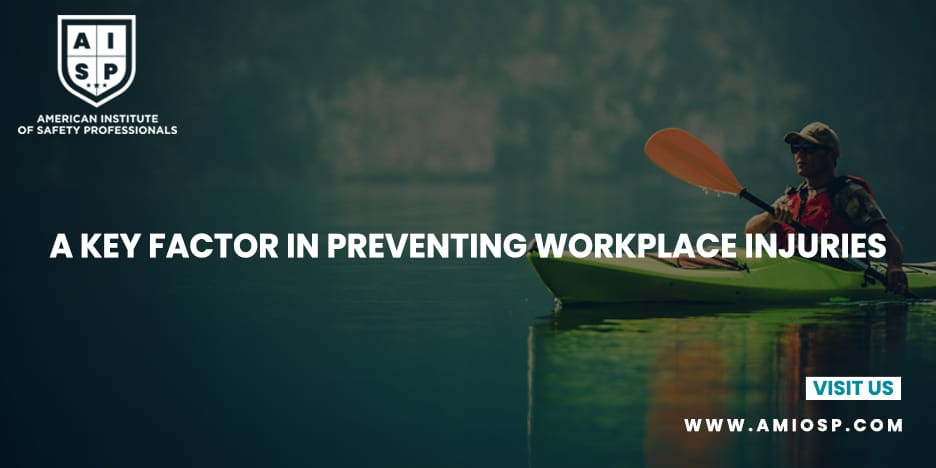Introduction
The rise of the gig economy has transformed the way people work, with an increasing number of individuals opting for independent contractor positions. While the gig economy offers flexibility and entrepreneurial opportunities, it also presents unique challenges when it comes to ensuring worker safety and well-being. The Occupational Safety and Health Administration (OSHA) recognizes the importance of protecting independent contractors and has guidelines in place to promote their safety in this evolving work landscape. This blog post explores OSHA compliance in the gig economy, highlights the challenges faced by independent contractors, and discusses strategies to protect their health and safety.
1. The Gig Economy and Independent Contractors
1. Understanding the Gig Economy: The gig economy refers to a labor market characterized by short-term contracts, freelance work, and on-demand services. Independent contractors in the gig economy enjoy flexibility and autonomy, but they are not classified as traditional employees. They often work on a project-by-project basis for various clients or platforms.
2. Unique Challenges for Independent Contractors: Independent contractors face specific challenges when it comes to safety and health. They may lack access to the same protections and benefits as traditional employees, such as workers' compensation, health insurance, and safety training. They are also responsible for their own equipment, work environment, and adherence to safety guidelines.
2. OSHA Guidelines for Independent Contractors
1. Determining Employer vs. Independent Contractor Status: Determining the relationship between a gig platform and an independent contractor is crucial for determining OSHA compliance responsibilities. OSHA uses a multi-factor test to assess whether a gig platform should be considered an employer with safety obligations or if the independent contractor is solely responsible for their own safety.
2. Communication and Information Sharing: Clear communication and information sharing are essential for OSHA compliance in the gig economy. Gig platforms should provide relevant safety information to independent contractors, including potential hazards, safety guidelines, and reporting procedures for accidents or incidents. Contractors should have access to this information in a readily understandable format.
3. Training and Education: OSHA encourages gig platforms to provide safety training and education to independent contractors. This can include online modules, webinars, or resources that address common hazards and best practices in the gig economy. Platforms can also promote external training resources that contractors can access to enhance their safety knowledge.
4. Collaboration and Reporting: OSHA encourages collaboration between gig platforms, independent contractors, and traditional employers to ensure worker safety. Platforms can establish mechanisms for contractors to report safety concerns or incidents and collaborate with OSHA and other stakeholders to address these issues promptly.
3. Empowering Independent Contractors for Safety
1. Self-Evaluation and Risk Assessment: Independent contractors should take an active role in evaluating their work environment and assessing potential risks. They can conduct a thorough evaluation of their workspace, equipment, and tasks to identify and mitigate potential hazards. Contractors can also research industry-specific safety guidelines and best practices to enhance their safety knowledge.
2. Personal Protective Equipment (PPE) and Safe Work Practices: Independent contractors should be knowledgeable about the appropriate use of personal protective equipment (PPE) and follow safe work practices. They should understand the importance of using PPE, such as gloves, helmets, or safety goggles, when necessary. Adhering to safe work practices, such as proper lifting techniques or ergonomic adjustments, can also prevent injuries.
3. Building a Support Network: Independent contractors can benefit from building a support network to share experiences, resources, and safety tips. Online communities, professional networks, or industry-specific groups can provide a platform for contractors to exchange information, seek advice, and advocate for improved safety standards.
4. Seeking Legal Protections: Independent contractors should be aware of their legal rights and protections. They can consult with legal professionals or worker advocacy organizations to understand their rights related to safety, workers' compensation, and liability. Contractors should familiarize themselves with relevant state and local laws that may provide additional protections.
Conclusion
In the gig economy, OSHA compliance plays a crucial role in protecting independent contractors. Recognizing the unique challenges faced by independent contractors, OSHA has established guidelines to promote their safety and well-being. Effective communication, training, and collaboration between gig platforms, contractors, and traditional employers are essential for ensuring OSHA compliance. Moreover, independent contractors themselves can take proactive steps to evaluate risks, adopt safe work practices, and seek support networks. By addressing the challenges and implementing strategies to protect independent contractors, the gig economy can continue to thrive while safeguarding the health and safety of those who participate in it. OSHA compliance in the gig economy is not only a legal responsibility but also a moral obligation to ensure that all workers, regardless of their employment status, are protected from workplace hazards.












0 comments
No Comments